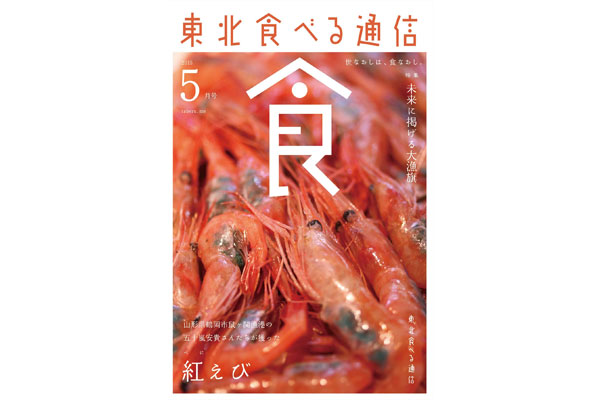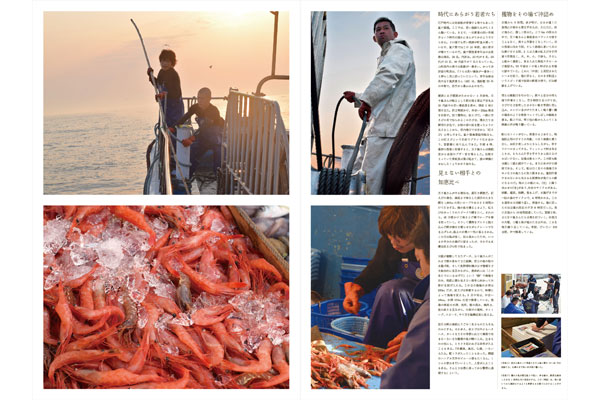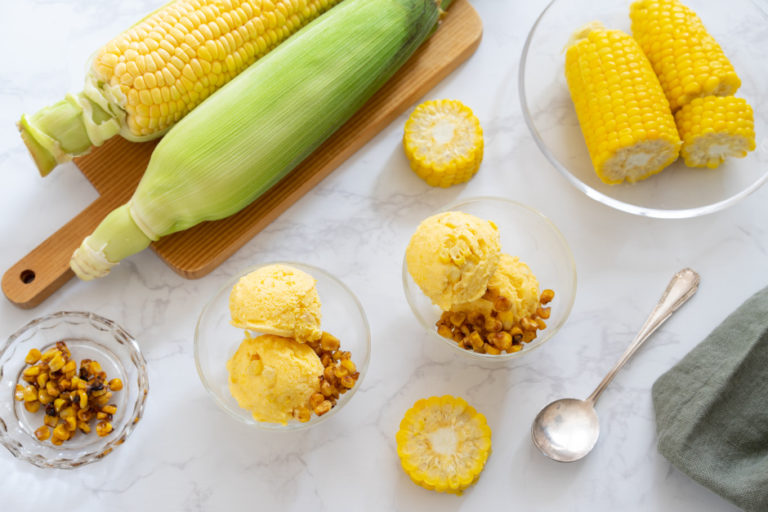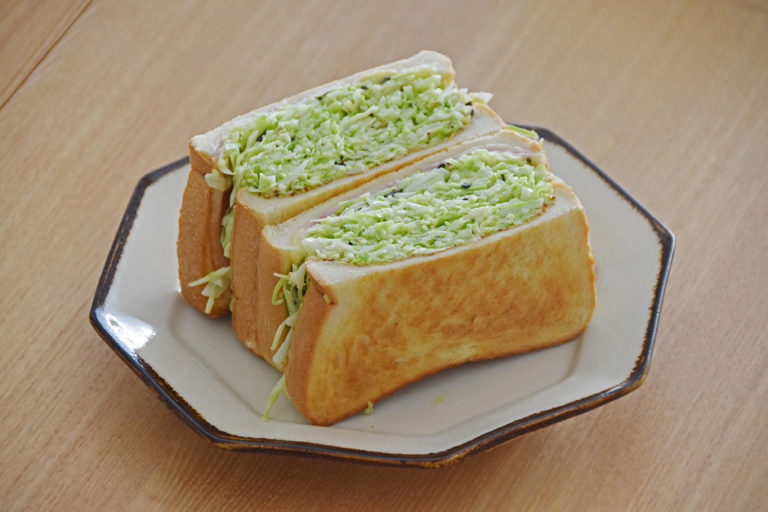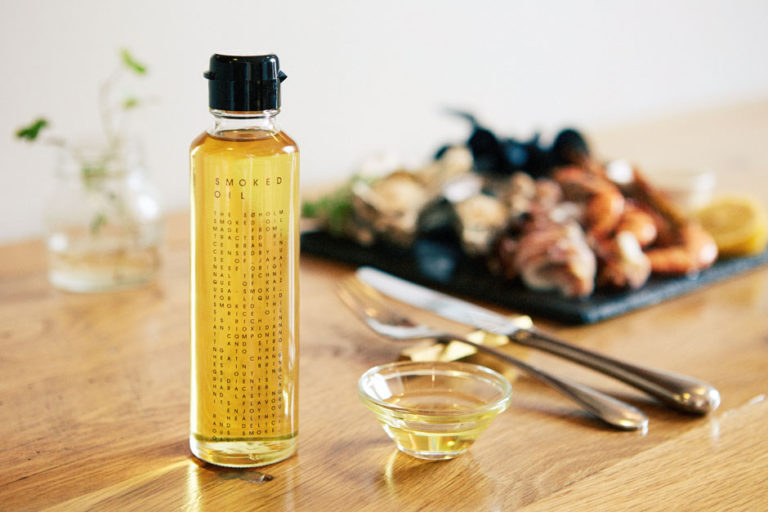SHUN CURATORS (July 2015)
The origins of Japanese food culture are to be found in producer regions
― Hiroyuki Takahashi, Editor in Chief, Tohoku Food Monthly(Tohoku Taberu Tsushin)
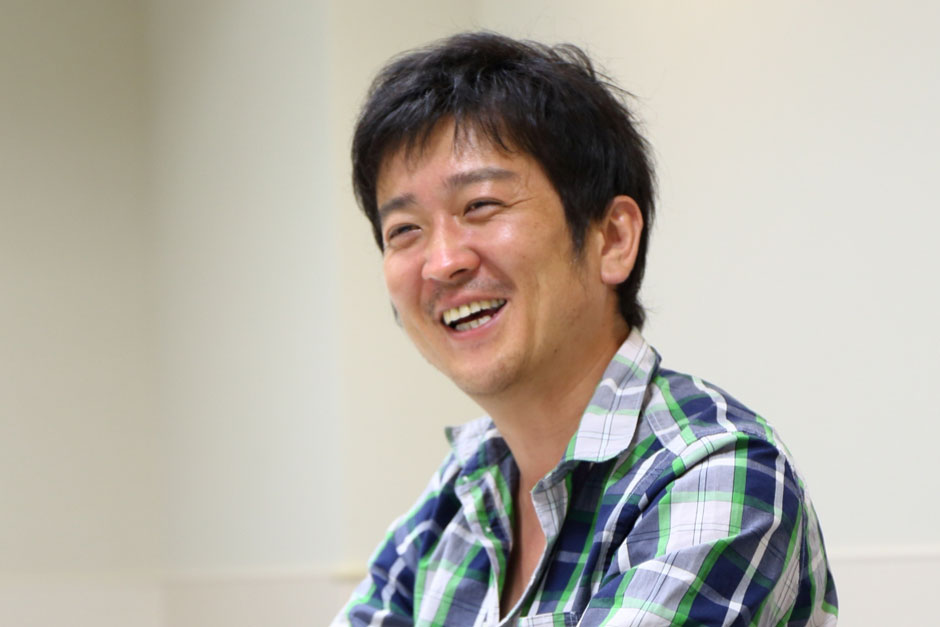
Launched in July 2013, Tohoku Food Monthly has garnered an enthusiastic following of readers who are keen to sample interesting foods from Tohoku such as oysters from Ishinomaki in Miyagi prefecture, Aomori Syamorock chicken from Aomori prefecture, and organically grown winter vegetables from Iwaki in Fukushima prefecture, while finding out more about how food is produced. Subscriber numbers have been growing steadily with each issue.
The success of Tohoku Food Monthly has spawned similar ventures in other regions of Japan, creating a nationwide movement.
The founder of this revolutionary publication and current Editor in Chief is Hiroyuki Takahashi, from the NPO Tohoku-Kaikon (Reclaim Tohoku). Born in Hanamaki in Iwate prefecture, Takahashi boasts a varied and interesting career that includes a stint as an elected representative in the Iwate prefectural government. We spoke to him about some of the key attractions of Japanese food and Japanese cuisine.
Bringing producers and consumers together
What was the original inspiration for Tohoku Food Monthly?
Many people feel that locally produced food is best. At the same time, the number of primary producers in Japan is on the decline, yet most people aren’t aware of it. Certainly, I wasn’t aware of it at first.
Without fishermen in Japan, we wouldn’t be able to enjoy sushi. The problem affects all of us, it’s not just an issue for fishing villages. I wanted to try to do something to help, and that’s what inspired me to set up Tohoku Food Monthly.
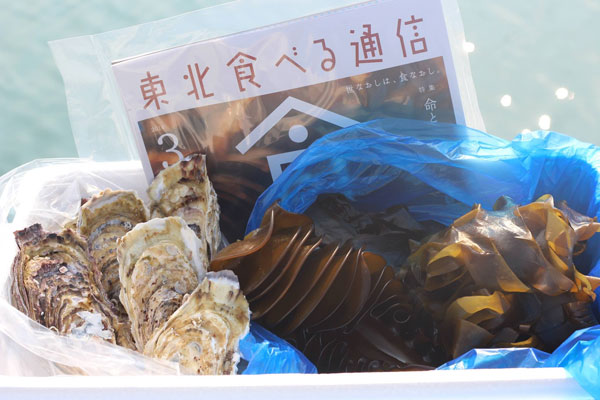
As the name implies, Tohoku Food Monthly comes out every month. If you eat three meals a day, then that makes 90 meals per month in total. You may not be able to change every one of those, but you can at least use Tohoku Food Monthly as a source of inspiration to change even just one meal per month. And for that particular meal at least, it’s an opportunity to pause and consider where your food has come from.
I once interviewed a nori seaweed fisherman from Higashi-Matsushima in Miyagi prefecture, and I was struck by the affection he lavished on the nori, almost as if it were a child. He’d say things like “you can see how the nori is feeling.” It’s statements like these that really erase the distance between you. I think of his smiling face sometimes when I’m eating nori, and every time there’s a typhoon I worry about how he’s going, and the nori industry.
The way I see it, there’s nothing like food to bring people together. Tohoku Food Monthly is my way to promote this connection, by helping readers to identify directly with producers.
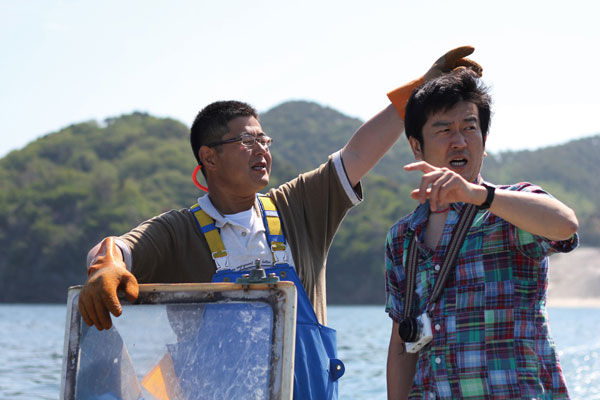
Japanese culture is unique in showing respect for nature and giving thanks to the food we eat
I hear you also run events where readers can meet up with farmers and fishermen and observe what they do.
That’s right. In addition to the magazine itself, we use Facebook to provide updates and organize events where consumers can get together with producers. Once people learn something about producers and producer regions, they are keen to go out and see for themselves.
And the producers are only too happy to welcome people who understand the inherent value in the food they supply and are interested in how it is produced. They’ll take them fishing, or go dig up the fields, and afterwards enjoy a drink together… they end up being part of the family almost! [laughs]
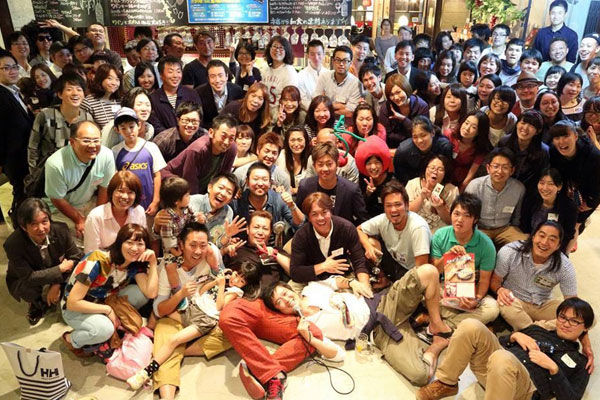
And do you think this experience gives people a new-found respect for plants and animals and for the farmers and fishermen?
Absolutely. Whenever I have the opportunity to talk about the culture of food in Japan, I mention our unique religious outlook, how we believe that there are myriads of gods and deities and that they reside in all living things. You can see this reflected in the Studio Ghibli films of Hayao Miyazaki, which are popular the world over. So it’s not something that’s confined to the Japanese?it appeals to people from all different countries and cultures.
The primary producers are the ones who live this out every day. They are the ones who take on the unpredictable forces of nature. Rather than trying to confront or tame nature, they have to work in harmony with nature to keep our food supplies coming. And finally, we give thanks to the land and the sea, to the weather, to all the plants and animals, and to the produce that we consume.
Food production is central to the wisdom and expertise for existing in harmony with nature that has been built up over centuries, which in turn has spawned cultural traditions throughout the land. My home of Iwate prefecture, for instance, boasts something like 1,000 different performing arts, most of which originate from farming and fishing practices.
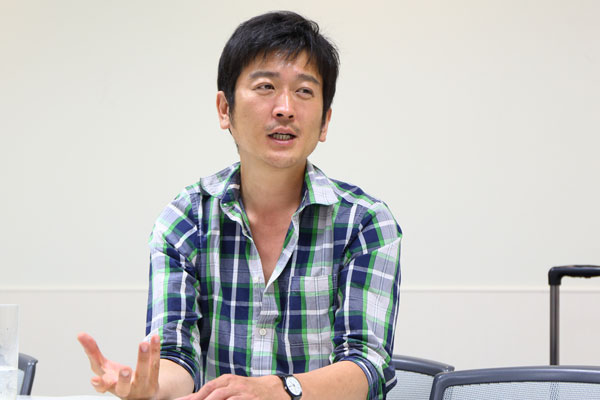
Certainly, there are many festivals around the country based on prayers for good harvests. So would you say that these represent part of the culture of food in Japan?
Over time, the constant struggle between people and nature to produce the food we need has generated its own cultural traditions. The harder the struggle, the more it drives us to find ways to overcome adversity, and this in turn translates into region-specific traditions. Also because Japan has four distinct seasons and a broad diversity of nature, this leads to a huge variety in the pantheon of cultural traditions associated with food.
When we say itadakimasu (“I humbly receive”) before a meal, we are paying respect to the food itself and to the hunters, farmers and fishermen who brought it to us. I think it’s important to preserve this wonderful cultural tradition that we have in Japan.
Rural Japan harbors many little-known gems
You visit many different places to research articles for Tohoku Food Monthly. How do you perceive the concept of seasonality?
To me, the concept of seasonal food means that we are aligning ourselves with nature. These days you often see the same food available in the shops all year long, which seems to me to be the wrong way around?we are forcing nature to be aligned with our needs.
The essence of seasonality is that you don’t tamper with nature. You eat the food that nature provides when nature chooses to provide it and, where possible, in the region where it was produced.
Rural Japan has so many hidden gems that aren’t featured in the guidebooks.
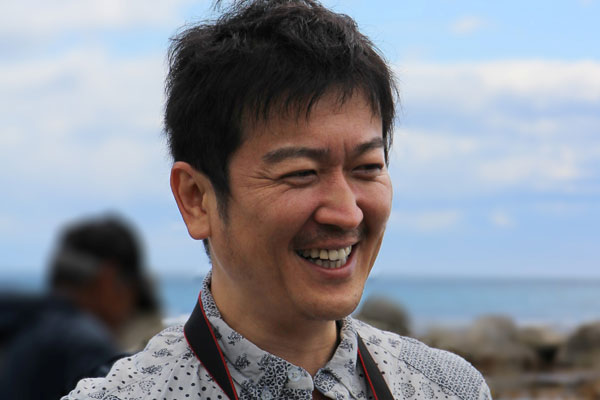
Rural Japan has so many hidden gems that aren’t featured in the guidebooks.
It certainly does! [laughs]
Japanese culture is closely intertwined with the spiritual world. I think non-Japanese are often quite surprised by the spiritual aspect of farming and fishing in Japan. There is much that we can learn from the close connection that Japanese people have with nature.
And although this connection has been steadily eroding over the years, it survives most strongly in our farmers and fishermen. That is the key message that I want to get across.
Writer : YUKI MOTOMURA
/
Photographer : SATOSHI TACHIBANA

